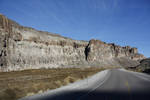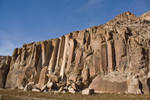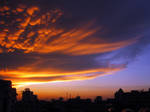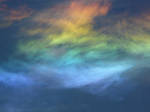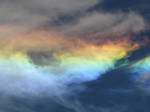ShopDreamUp AI ArtDreamUp
Flower photography tips
Dear friends,
It's springtime again and, as you know, some of us love taking photos to flowers, but do we know all the rules we have to follow to end up having pieces of art in our gallery?
Below you have some ideas taken from http://digital-photography-school.com/photographing-flowers that you might be interested in.
I hope this journal's going to be useful!:heart:
Enjoooy!:aww:
~~~
1. Highlighting subjects
Let's start with a question: "What distractions are there in the background and foreground?"
Gardens are filled with all kinds of potential distractions. They might be the tool shed, a fence, other flowers, the clothes line etc. A
Spring Devmeet impressions
Dear deviants,
(Man, I haven't done this in a while, heh:D) Last Sunday, 14 deviants and awesome people, now, all part of a big family, have gone in the woods, near Cluj-Napoca for some nature photography (Destination: Faget Forest).
Here's the list of participants:
~Danutza88 (https://www.deviantart.com/danutza88):iconCorsico::iconDiangos::iconghost3k::icontreemurici77::iconalex-trl::iconthebluedeer::iconmariussyka::iconmoisedy::iconraycietor::iconseptemberdawn::iconmanequeen::iconCosminART: and Sabina
What happened?
Ohhh, many adventures, starting with a message written on a sheet of yellow paper saying "Free photo shooting in the forest", and continuing with walking a
Devmeet Duminica
Dragi devianti clujeni,
Daca nu aveti planuri pe duminica aceasta, 18 Martie 2012, va invit cu drag sa veniti la ora 12 sa ne vedem cu mic cu mare in capatul liniei troleibuzului 6 din Manastur. Se merge la o sesiune de fotografie in natura, cu destinatie finala Padurea Faget.
Deci:
CAND? 18 MARTIE 2012, ORA 12
UNDE? In capatul liniei 6 din Manastur, CLUJ-NAPOCA
Sper sa ne vedem in numar cat mai mare,
Dana
How to photograph emotions
Dear friends,
What separates a simple snapshot from a masterpiece is the story the image portrays. The more emotional the shot is, the more it appeals to our senses. So, today we'll talk about EMOTIONS: how to capture them in our photos. In the next journal we'll try to see how to induce different emotions using colors.
Enjoy!:sun:
~~~
How we should capture emotions?
There might not be a perfect answer to it. Emotions, by their very nature, do not follow fixed rules. They just happen, based on what a person feels at a given moment of time. And likewise, there're no fixed rules for capturing emotions, too. The same scene can evoke differe
© 2010 - 2024 Danutza88
Comments10
Join the community to add your comment. Already a deviant? Log In
Wow, incredible :l
Just makes you have more appreciation for life and the Earth, and that we will all die eventually.
Anyway i learned 6 new things, only thing i heard of before on this list were the mammatus clouds
Just makes you have more appreciation for life and the Earth, and that we will all die eventually.
Anyway i learned 6 new things, only thing i heard of before on this list were the mammatus clouds





